Occupation Painter Name Anna Therbusch | Role Painter Other names Georg Lisiewski | |
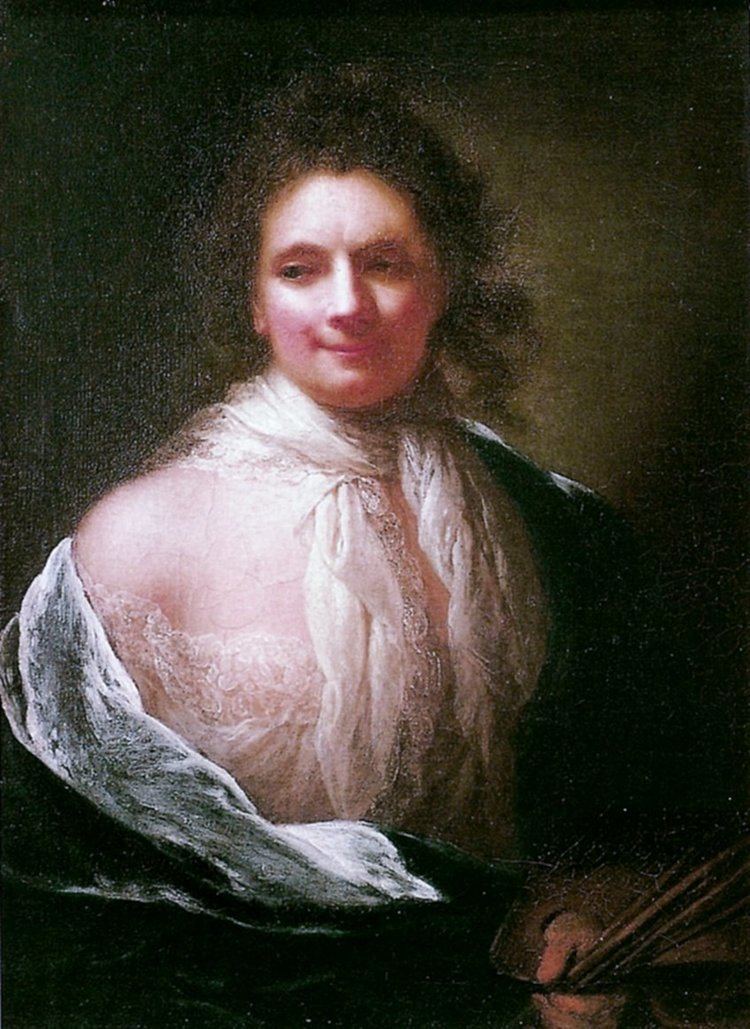 | ||
Died November 9, 1782, Berlin, Germany | ||
Anna Dorothea Therbusch (born Anna Dorothea Lisiewski, Polish: Anna Dorota Lisiewska, 23 July 1721 – 9 November 1782) was a prominent Rococo painter born in the Kingdom of Prussia. About 200 of her works survive, and she painted at least eighty-five verified portraits.
Contents
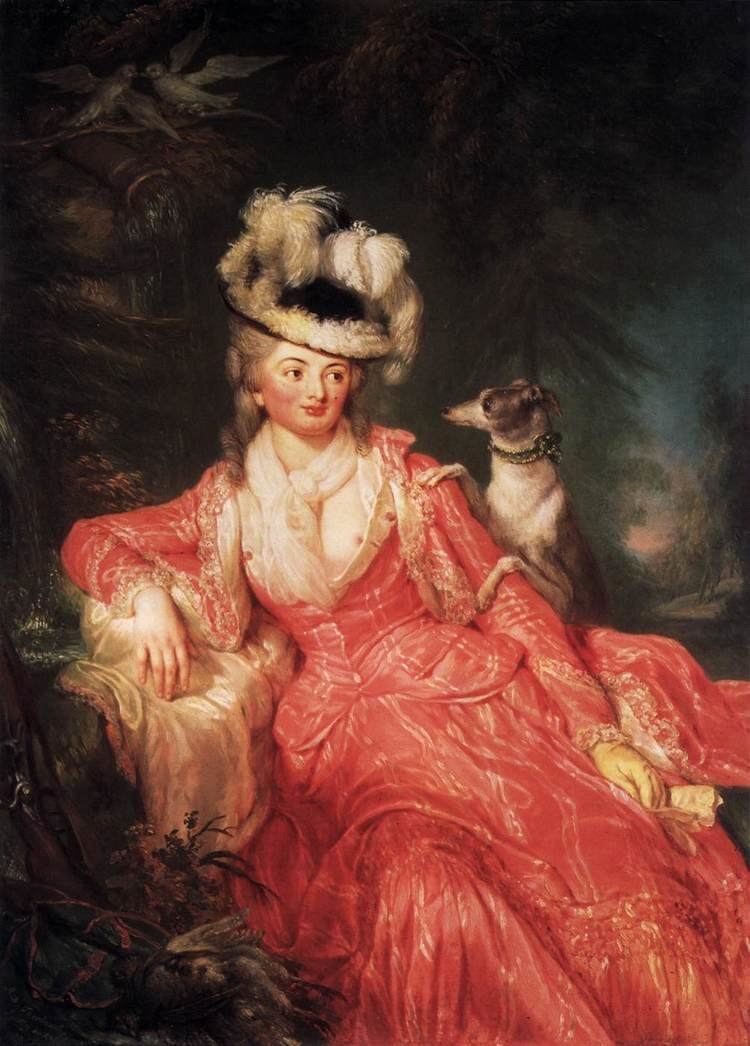
Early life
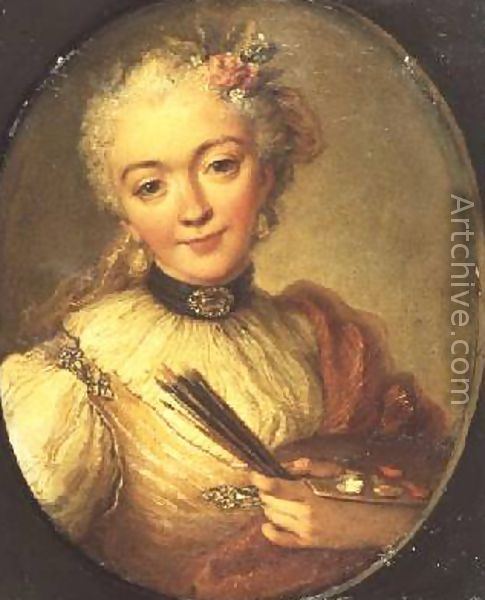
Anna Dorothea Therbusch was born in Berlin. She came from a noted family, the daughter of Georg Lisiewski (1674–1751), a Berlin portrait painter of Polish stock who arrived in Prussia in 1692 as part of the retinue of the court architect Johann Friedrich Eosander von Göthe. Georg taught Anna, her sister and their brother to paint. Anna Dorothea and her elder sister Anna Rosina were hailed as Wunderkinder of painting.
Marriage
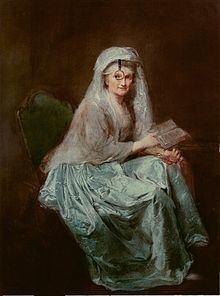
Anna Dorothea married Berlin innkeeper Ernst Friedrich Therbusch and gave up painting until around 1760 in order to help her husband in the restaurant. Not until her spousal obligations were discharged, as a "short-sighted, middle-aged woman", did she abandon her family to return to her art.
Paris
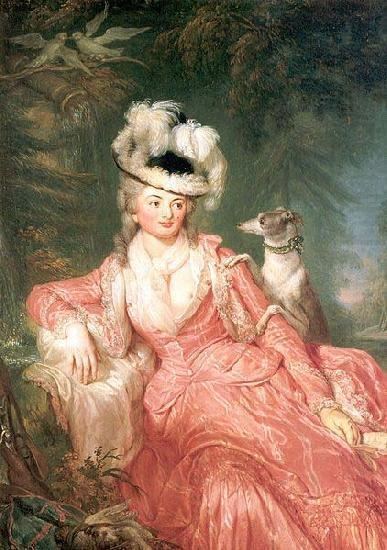
Therbusch's first recorded return to painting was in 1761 in the Stuttgart court of Duke Karl Eugen. She completed eighteen paintings in the shortest time for the castle gallery. In 1762 she became an honorary member of the Stuttgart Academy of the Arts and worked in Stuttgart and Mannheim. In 1765 she went to Paris. The French Royal Academy of Painting and Sculpture displayed her work first, proudly supporting a female artist. Denis Diderot, the controversial and outspoken art critic and philosopher, was sympathetic to her, even to the point of posing naked for her. Anna Dorothea finally joined the Academy in 1767, lived with Diderot and met famous artists, and even painted Philipp Hackert but she remained unsuccessful in Paris. That time is, however, seen as her most creative.
Return to Prussia

Paris was, and is, an expensive city and Anna Dorothea had financial difficulties. From November 1768 until early 1769, the heavily indebted painter returned to Berlin, via Brussels and the Netherlands, and became the primary painter in Prussia, where she was held in high esteem. She was portrait painter to Frederick II of Prussia (Frederick the Great), whose newly built palace of Sanssouci she decorated with mythological scenes. She also painted portraits of eight Prussian royals for Catherine II of Russia (Catherine the Great). Though Anna Dorothea never went to Russia, Russian collectors also appreciated her work. She also met the group of artists surrounding Johann Wolfgang von Goethe.
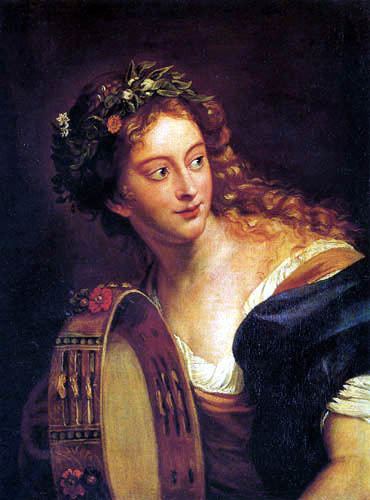
She died in Berlin at the age of 61, and was buried at Dorotheenstadt cemetery, whose pertaining church was destroyed in World War II. Her tomb remains intact.
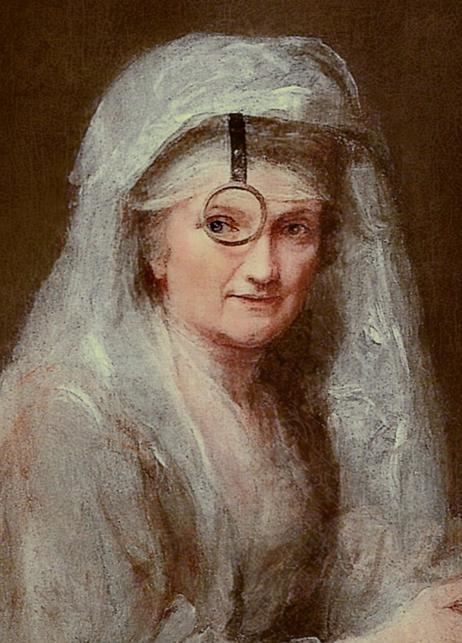
Her relationship with Diderot inspired Éric-Emmanuel Schmitt to write his play Der Freigeist ("The Free Spirit"), also known as Der Libertin ("The Libertine").
